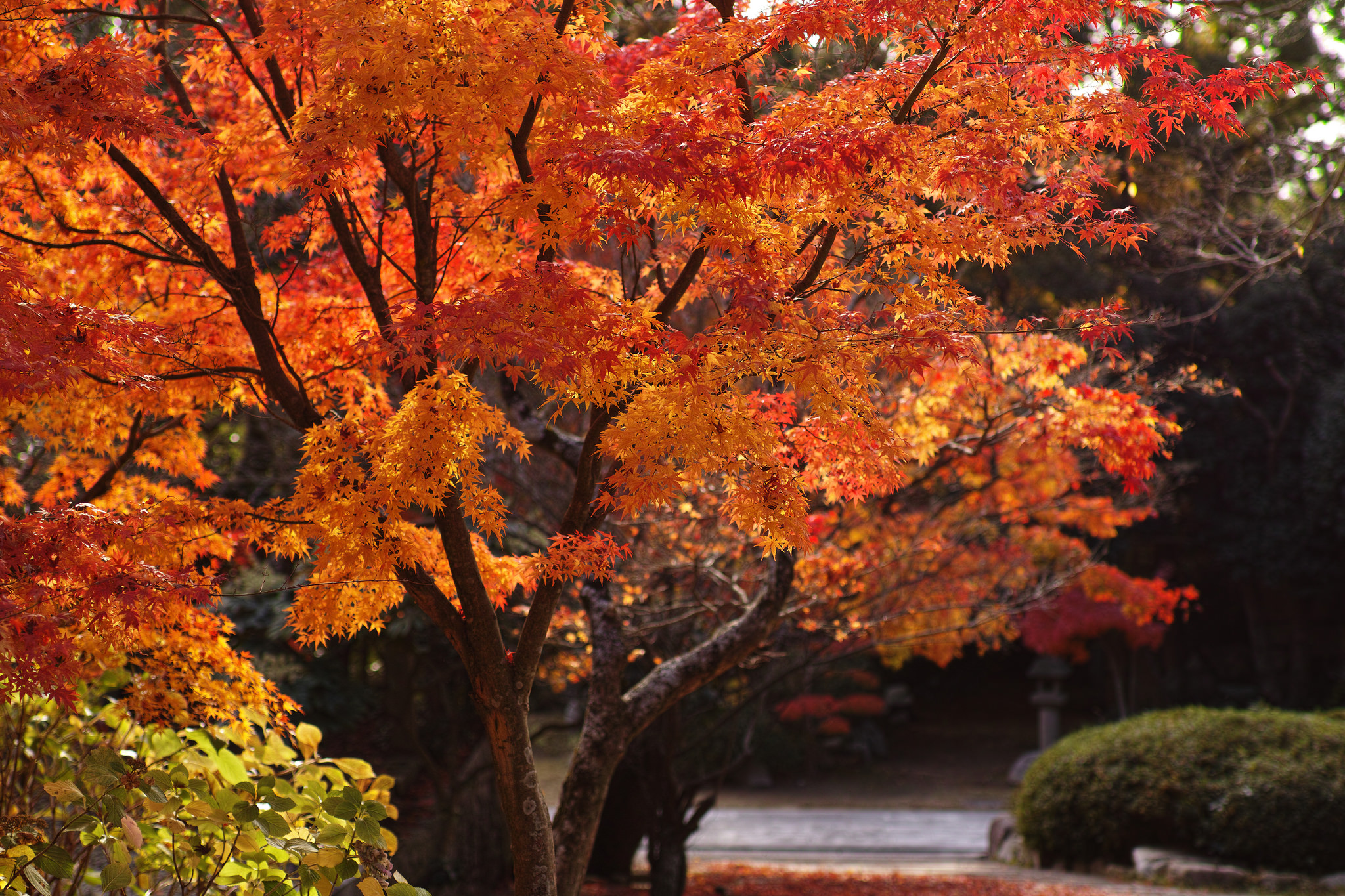Like building a house, planting a tree takes research and planning or the investment can come tumbling down.
But if selected, sited and planted correctly, a tree bestows a lifetime of enjoyment and value.
To help people succeed, Oregon State University Extension Service has introduced a slick, new app for iOS and Android users called Selecting, Planting and Caring for a New Tree. The free app hits your tablets just as tree-planting season gets serious. Homeowners without tablets aren’t left behind. A downloadable publication – also free – is available, too.
“Now is an ideal time to plant trees in western Oregon,” said Paul Ries, an urban and community forestry specialist for OSU Extension. “Planting in winter allows the tree to get watered into the landscape and get a good start for the rest of the year.”
The “A New Tree” app, as it’s known for short, will give you everything you need to know in a touch of the finger to choose and care for a tree and, perhaps most importantly, how to match one to your site. It’s a matter of “right tree, right place,” Ries said.
“It comes down to the appropriate species selection for the location,” he explained. “You’ve got to give them room to grow. Don’t just pick a tree because it’s pretty and then decide where to plant it. That will get you into trouble in the future because it’s too big for the site or in soil that’s too dry or too wet or otherwise inappropriate.”
The easy-to-navigate app offers ideas in a series of lists that include trees for water conservation, tough sites, energy conservation, under utility wires, the Oregon coast, and of course, the attributes people most often think about – spring flowers and fall color. Each tree is identified by mature size, cold hardiness and a photo.
Authored by Ries and Steve Fitzgerald, Extension forestry specialist, the app makes life easy with videos, step-by-step graphics, illustrations and full-color photos.
The motivations for buying a tree are many; the benefits, also.
“Typically people think to buy a tree for a specific reason,” said “It can be shade, fall color, flowers. But the amazing thing is that trees never just give the benefits you plant them for.”
One advantage people often don’t consider is the increased value trees bring to their property. Research shows that a house with trees is worth 7 to 20 percent more than a similar one next door without trees, according to Ries. The money saved on heating and cooling can be significant, too. A well-planted shade tree blocks sun in summer to cool a home, while allowing in winter sun to heat the house.
“You’re planting money,” he said. “If people understood that, they would be planting trees all the time.”
Aesthetics and savings aren’t the only reasons to add a tree to your property, however. Hardworking trees help prevent flooding by intercepting rainwater and slowing it down. They also clean the air by removing carbon dioxide and releasing oxygen. Conifers provide wind breaks.
For all of those reasons, Ries encourages a well-planned investment in a tree and offers advice on how to plant it.
- Dig a hole that’s two to three times the width of the tree’s root ball, but only deep enough for the root ball to sit about 2 inches above the ground. A wide hole will allow better root growth and is especially important in compacted soil. The hole should be the same width at the top and bottom.
- Use a shovel or other tool to roughen the sides of the hole, which will allow roots to grow into surrounding soil and discourage girdling. Remove any roots or debris.
- Be sure to remove twine from trees wrapped in burlap.
- Tamp down soil in the bottom of the hole. Place tree in the hole, making sure it sits above ground by at least 2 inches to allow for settling. The biggest mistake people make, Ries noted, is to plant a tree too deep.
- Fill in hole with the soil you dug from it.
- Mulch around tree, keeping mulch away from the top of the root ball.
Most trees don’t need to be staked because young trees left to stand alone develop a stronger trunk. But an especially weak tree or one planted in a windy area will need to be staked for the first six months to a year. Use two stakes and straps or hose. Don’t use wire, which will cut through the bark. Always remember to remove the stakes and ties.

